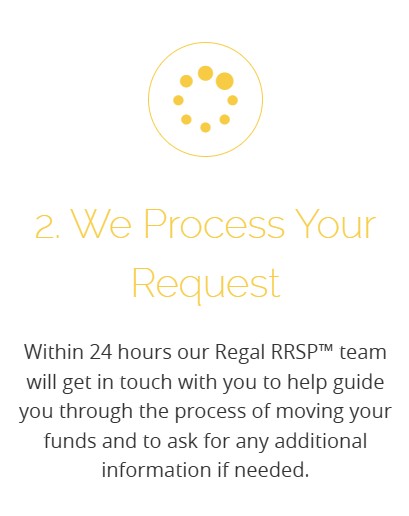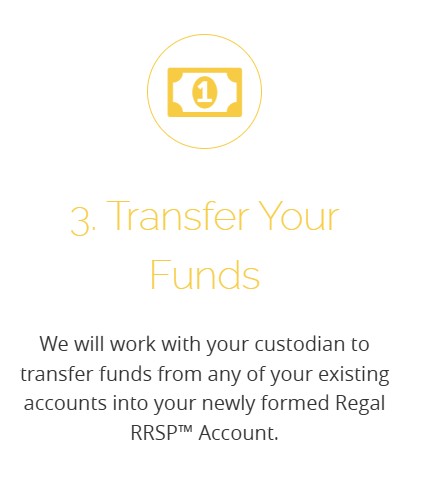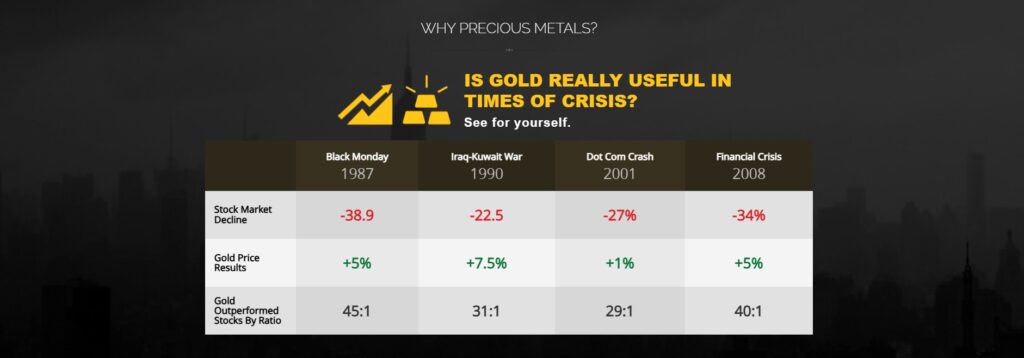
Decoding Your Rights: What to Do When Faced with Criminal Charges
Understanding the Gravity of Criminal Charges
Hearing that you are facing criminal charges can turn your life upside down. The immediate shock and confusion are completely normal, but it’s important to act swiftly and strategically. The steps you take in the initial hours and days can have a profound impact on the outcome of your case, so getting advice from professional criminal lawyers edmonton is a critical first move.
A criminal charge is more than just an accusation; it’s the start of a formal legal process that can affect your freedom, reputation, and future. From minor offences to serious indictments, every charge carries potential consequences. Recognizing the seriousness of the situation and preparing yourself for the journey ahead is key to protecting your interests.
The Right to Remain Silent: More Than Just a Movie Line
You have likely heard the phrase “You have the right to remain silent” on TV, but what does it really mean? 🤫 This fundamental right protects you from being compelled to provide information that could be used against you. It’s wise to exercise this right and politely state that you will not answer questions without your lawyer present.
Police officers are trained in interrogation techniques designed to gather information. Even if you believe you are innocent, speaking without legal counsel can lead to misunderstandings or misconstrued statements. The safest approach is to wait for your legal representative, who can advise you on how to proceed and ensure your words aren’t twisted.
Why You Need Legal Counsel Immediately
After an arrest, your first call should be to a defence lawyer. They are your advocate, your guide, and your protector throughout the legal proceedings. A lawyer ensures that your rights are respected from the very beginning and can start building a strong defence strategy right away.
A skilled lawyer does much more than just represent you in court. They will review the prosecution’s evidence, identify weaknesses in the case, and handle all communication with police and prosecutors. This allows you to focus on your well-being while a professional manages the complex legal details.
The Arrest and Booking Process: What to Expect
The arrest and booking process can be disorienting. Generally, it involves being taken into custody, having your personal information recorded, getting fingerprinted, and having a photograph taken (the classic “mug shot” 📸). Your personal belongings will be catalogued and held for you.
While this is happening, try to stay calm and compliant. Resisting or being uncooperative will not help your situation. Remember your right to remain silent and your right to an attorney. Ask to make your phone call to a lawyer as soon as you are permitted.
Bail and Pre-Trial Release: Getting Back to Your Life
After booking, the next step is often a bail hearing. At this hearing, a judge will decide if you can be released from custody while your case is pending. The decision may be based on the nature of the charge, your past record, and your ties to the community.
Securing your release is a top priority, as it allows you to return to your job and family, and to participate more actively in your own defence. A lawyer can argue effectively on your behalf for reasonable bail conditions or for your release on your own recognizance, which means a promise to appear in court without having to post money.
Gathering Evidence: The Foundation of Your Defence
A strong defence is built on solid evidence. Your lawyer will immediately begin a thorough investigation, which could include reviewing police reports, interviewing witnesses, and examining physical evidence. Your cooperation in this process is vital.
You can help by writing down everything you remember about the incident as soon as possible. Details can fade over time, so capturing your perspective early is a huge help. Provide your lawyer with a list of any potential witnesses who might support your side of the story. Every piece of information helps build a clearer picture.
Understanding Plea Bargains vs. Going to Trial
Many criminal cases are resolved through a plea bargain, which is an agreement between the defence and the prosecution. Typically, the accused agrees to plead guilty to a lesser charge in exchange for a more lenient sentence. Your lawyer will explain any offers and give you their professional opinion on whether it’s a good path for you.
The alternative is to go to trial, where your case will be presented before a judge or jury. This can be a long and stressful process, but it is your right to have the prosecution prove its case beyond a reasonable doubt. Your lawyer will help you weigh the pros and cons of each option based on the strength of the evidence against you. 🤔
Preparing for Court: Your Role in Your Defence
As your court date approaches, your lawyer will guide you on what to expect. This includes how to dress, how to conduct yourself in the courtroom, and what to say if you are called to testify. Your composure and preparedness play a role in how you are perceived.
Your main job is to be an active participant in your defence. Attend all meetings with your lawyer, be honest and open with them, and follow their advice. Working as a team gives you the best chance at a favorable outcome. Stay positive and trust in the process and your legal team.






















